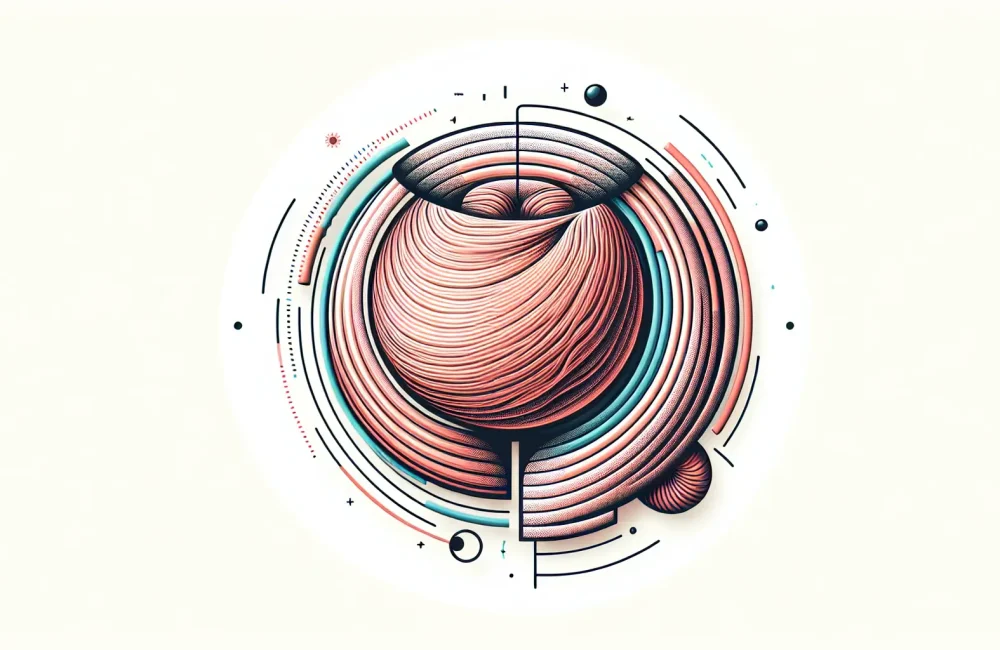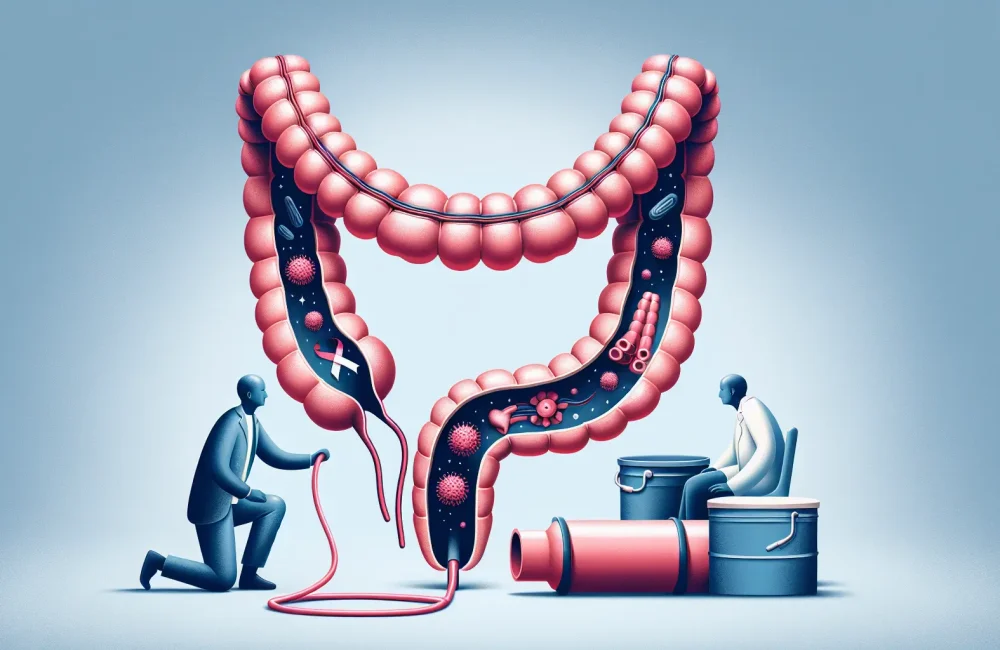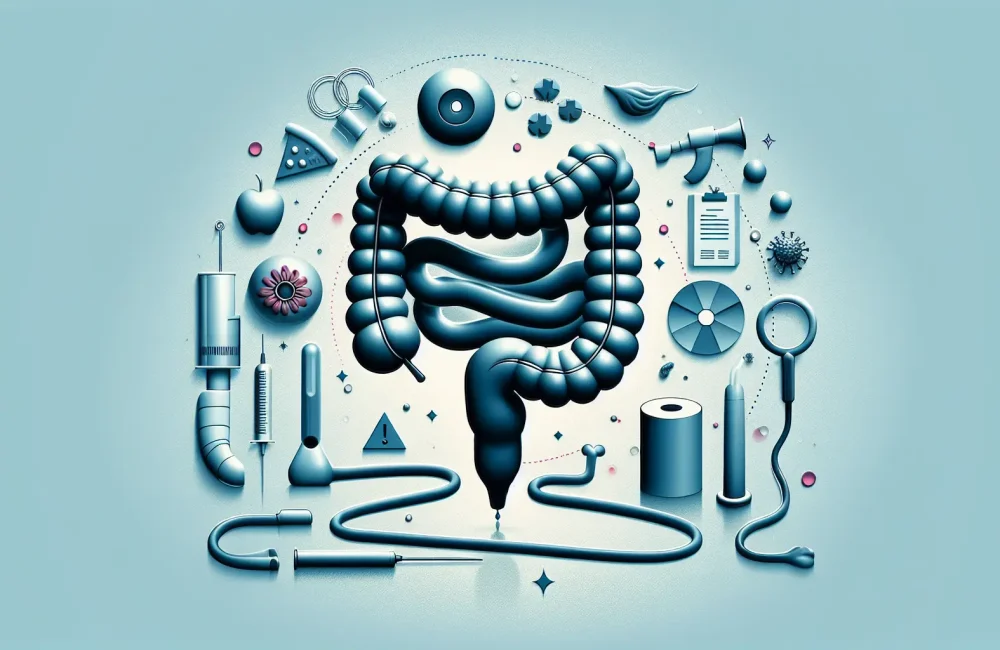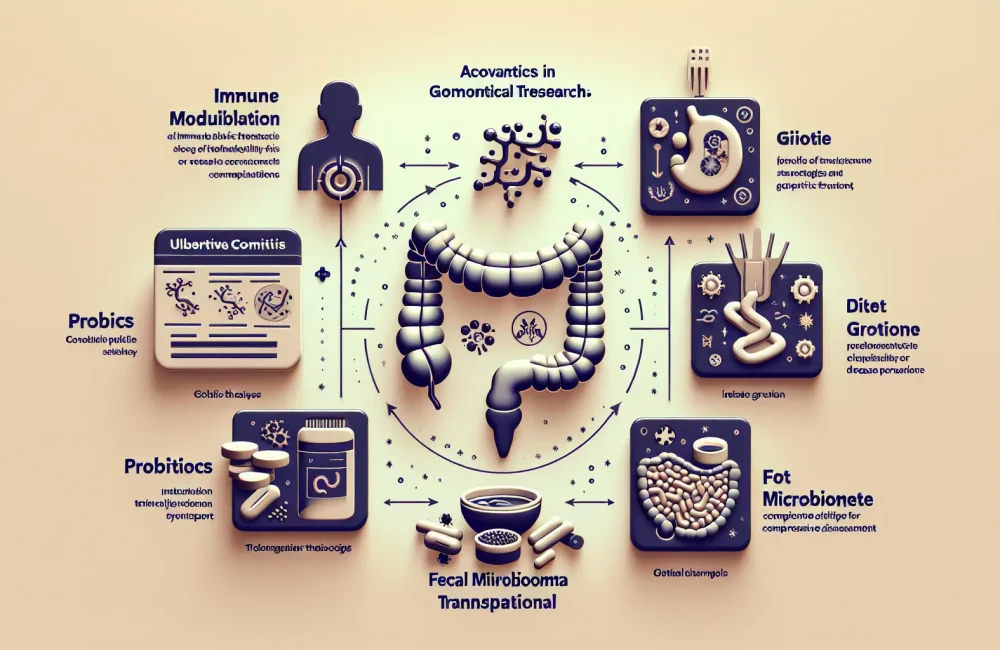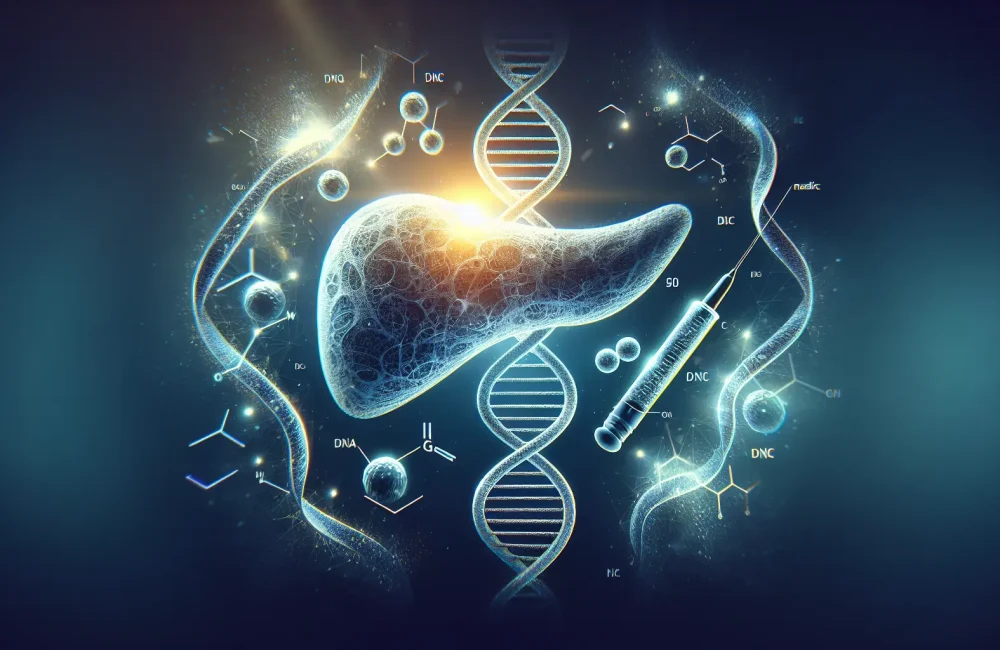By CAFMI AI From Nature Reviews Disease Primers
Understanding Groin Hernias: Types and Clinical Presentation
Groin hernias represent a frequent and significant clinical condition that primarily affects the adult population, especially men. They involve the protrusion of abdominal contents through a weakness in the lower abdominal wall within the groin area. There are two main types: inguinal hernias, which occur through the inguinal canal, and femoral hernias, which protrude through the femoral canal. The distinction is critical because femoral hernias, though less common, carry a higher risk of complications such as strangulation. The pathophysiology often arises from a combination of increased intra-abdominal pressure—due to factors like heavy lifting, chronic coughing, or straining—and an innate weakness in the abdominal wall’s muscular and fascial structures. Men are disproportionately affected due to anatomical differences in the groin region. Clinically, patients typically present with a noticeable groin bulge which may vary in size and be associated with discomfort or pain that escalates during physical exertion or Valsalva maneuvers. A comprehensive physical examination by the clinician remains the cornerstone of diagnosis, often sufficient to confirm the presence and type of hernia based on location, size, and reducibility. However, in atypical presentations or when physical findings are equivocal, adjunct imaging such as ultrasound or computed tomography (CT) may be required to clarify the diagnosis or to assess for complications. Early recognition is vital as delayed diagnosis can increase the risk of hernia incarceration or strangulation, which constitute surgical emergencies requiring prompt intervention.
Surgical Management and Postoperative Care of Groin Hernias
The definitive treatment for groin hernias is surgical repair, aimed at reducing herniated abdominal contents and reinforcing the weakened area to prevent recurrence. Surgical options include open and laparoscopic techniques, with choice individualized based on hernia type, patient comorbidities, previous surgeries, and surgeon experience. Open repair is often preferred in complicated cases or where laparoscopic resources are limited, while laparoscopic repair offers benefits such as reduced postoperative pain, quicker recovery, and earlier return to daily activities, albeit with a steeper learning curve. Mesh-based repairs have become the standard of care due to lower recurrence rates compared to tissue-only repairs. Synthetic mesh placement strengthens the abdominal wall but requires consideration of potential mesh-related complications such as infection or chronic pain. Postoperative recovery usually spans a few weeks, with most patients recovering fully and resuming usual activities without restrictions. Educating patients on wound care, activity modification, and signs of complications is integral to optimized outcomes. Moreover, recognizing potential complications—such as chronic postoperative pain, hematoma, seroma, or hernia recurrence—requires vigilant follow-up in primary care. Surgical emergencies like hernia strangulation necessitate urgent intervention, underscoring the imperative for clinicians to maintain a high suspicion in patients presenting with groin pain and systemic signs.
Preventive Measures and Long-Term Considerations
Prevention of groin hernias involves mitigating risk factors such as chronic cough, constipation, and heavy lifting, which increase intra-abdominal pressure. Maintaining a healthy weight and employing proper lifting techniques can reduce strain on the abdominal wall. For patients with known hernias who are asymptomatic, watchful waiting may be appropriate, but they should be informed about symptoms that warrant urgent evaluation. Long-term follow-up after hernia repair is important to detect recurrence and manage any chronic pain or functional issues. Lifestyle modifications and patient education are essential components of comprehensive care to improve quality of life and prevent complications over time.
Read The Original Publication Here
